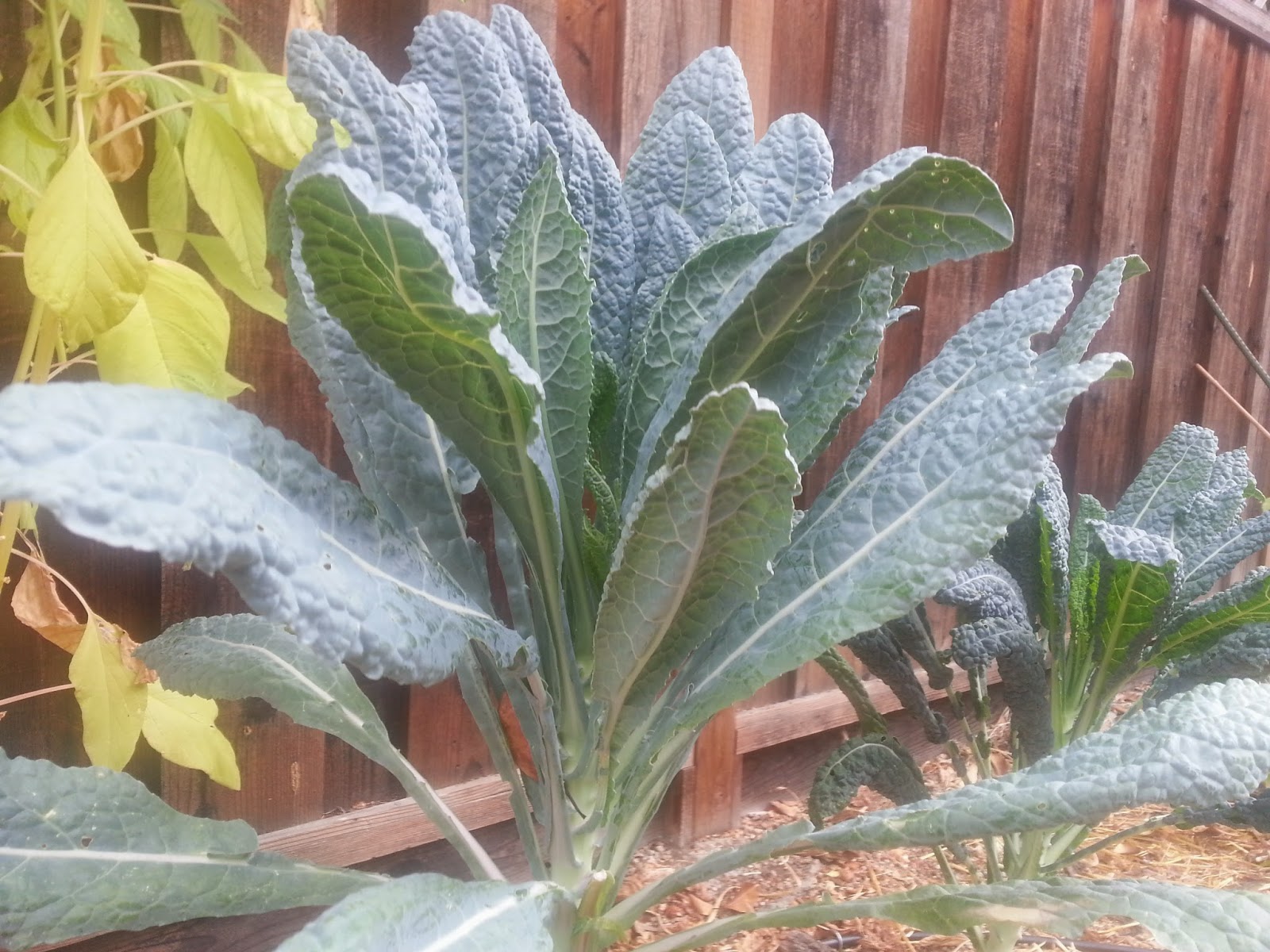There is no simple answer but the short one is no. Why eat organic at all?
There are many reasons for that.
It is more nutritious, contains more minerals and vitamins, is non-GMO, and is free of many
poisons like antibiotics, hormones, herbicides, fungicides and insecticides.
There are also certain disadvantages. Perhaps the biggest argument against organic foods is the expense. Organic produce is about 50% more costly than the conventional variety, and meat and milk costs even more than that. Productivity is greater within industrialized agriculture and more skill is required to do organic gardening. Apparently organic gardening is more drought resistant, and organic farming is friendly to the soil and healthy for the farmer.
One more advantage about organic produce – it tastes better (most of the time). However, taste is an acquired feature and is different for different people. Organic strawberries might be less sweet than conventional strawberries, but have greater flavor.
Because of the higher price of organic foods, be selective when buying produce. Depending on how the food to-be grows, look at how much permeable surface it has and how much spraying and irrigation it requires. Try to eat certain foods only in organic varieties unless they are purchased from a Farmer’s Market. Watch foods are – strawberries, watermelon, artichokes, potatoes, peanut butter, milk, meat, tofu and coffee.
There are also certain disadvantages. Perhaps the biggest argument against organic foods is the expense. Organic produce is about 50% more costly than the conventional variety, and meat and milk costs even more than that. Productivity is greater within industrialized agriculture and more skill is required to do organic gardening. Apparently organic gardening is more drought resistant, and organic farming is friendly to the soil and healthy for the farmer.
One more advantage about organic produce – it tastes better (most of the time). However, taste is an acquired feature and is different for different people. Organic strawberries might be less sweet than conventional strawberries, but have greater flavor.
Because of the higher price of organic foods, be selective when buying produce. Depending on how the food to-be grows, look at how much permeable surface it has and how much spraying and irrigation it requires. Try to eat certain foods only in organic varieties unless they are purchased from a Farmer’s Market. Watch foods are – strawberries, watermelon, artichokes, potatoes, peanut butter, milk, meat, tofu and coffee.
When buying organic, look for the following USDA regulated terms on food labels:
· 100% organic - means the food has no synthetic ingredients
· Organic - means the food has a minimum of 95% organic ingredients. It can also
use the organic seal.
· Made with organic ingredients - means the food must contain at least 70%
organic ingredients. These foods cannot use the organic seal.
Meat, eggs, poultry, and dairy labeled "organic" must come from animals that, among other things, have never received antibiotics or growth hormones.
Standards for organic seafood have not been set.
Meat, eggs, poultry, and dairy labeled "organic" must come from animals that, among other things, have never received antibiotics or growth hormones.
Standards for organic seafood have not been set.
Today, organic has turned into an industrialized monster business. Many organic brands today are owned by the same companies that once tried to convince the consumers that organic was no better. These companies have now invested themselves in the organic label because that is where the consumer walked. If years ago it meant locally grown without pesticides or chemicals, today it means a label that is also heavily regulated by USDA. The cow that produces Organic Milk might be fed organically grown feed, but may not be able to see daylight or grass from its pen.
But how would you know the good-organic from bad-organic. Clearly there are other parameters by which food can be measured. Organic production can reassure the absence of pesticides, unnatural fertilizers, and genetically modified organisms, but one must also look for free-range or pastured animals and perhaps the small carbon footprint of locally transported foods.
When you eat locally grown, seasonal fruits and vegetables – those usually do not require too much additional chemicals and who cares if those are labeled organic or not..

















